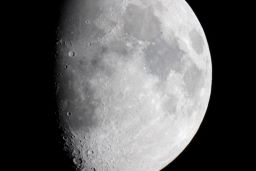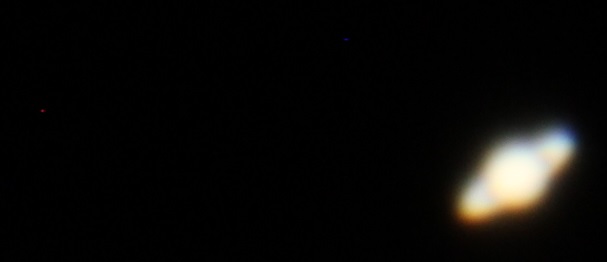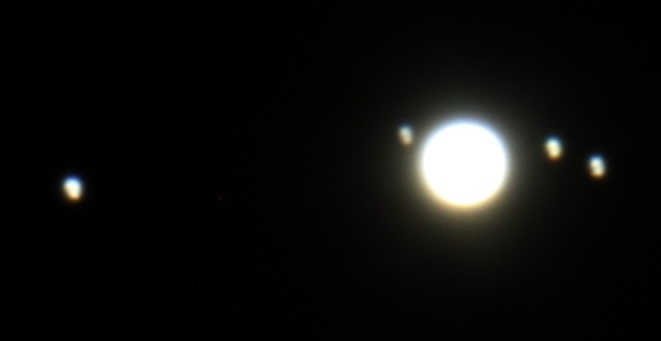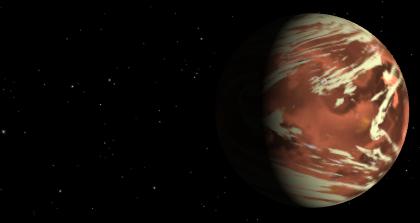
ISO 100 · 1/20 sec · f/0 · 0 mm · No flash

ISO 400 · 5 sec · f/0 · 0 mm · No flash

ISO 200 · 5 sec · f/0 · 0 mm · No flash



I capture deep-sky and planetary images using a Canon DSLR 550D adapted to a Celestron Nexstar 8 SE telescope. For stability and precision tracking, I mount it on a Celestron Advanced VX Computerised GoTo mount, supported by a Celestron 93969 SkySync GPS module for location and time accuracy.
Time under the stars is limited—especially with much of my focus going into maintaining the weather station and managing environmental sensors. But now that the station is reaching a more autonomous stage, I’m hoping to dedicate more evenings to astronomy. Eventually, I plan to merge my electronics and sensor systems with my astrophotography workflow—perhaps logging environmental conditions alongside each image for a truly integrated observational record.
For now, this page will serve as a gallery and log for my astronomical captures, thoughts, and future integrations. Stay tuned…
🛰️Hubble and the 🛰️James Webb Space Telescope deliver awe-inspiring, polished masterpieces — images so crisp and vivid they almost feel unreal. But when I capture Saturn’s rings, the shadowed craters of the Moon, or the speckled glow of Jupiter and her moons through my own setup, something shifts.
It becomes personal.
It’s no longer just about data or visuals — it’s experience. It's the quiet act of presence across impossible distance. It's knowing that I’ve pulled photons from another world into my lens, recorded light that left its source years ago and landed right here, in my backyard.
And yes, the images are raw. There’s grain, distortion, light pollution, motion blur… but those flaws don’t diminish the moment — they define it. They’re the signature of effort. Of weather, of breath, of time and patience. They're proof that I reached out across space and made contact.
That rawness — that feeling — is, to me, the very core of astronomy. Not perfection, but connection.
Between all the work I’ve done on my weather station, my electronics, and the systems that tie them together, astronomy has had to take a back seat more than I’d like. But now, with more autonomy built into my main station, I feel like I’m finally making room to return to the sky.
And I don’t just want to observe — I want to blend it. I want to link atmospheric readings with astro captures. I want to build a log that tells the story of sky conditions alongside deep-space exposures. I want my electronics to serve a greater narrative — one that stretches from soil to stratosphere to starlight.
Because that’s what this is really about: building something holistic. Something human.
And I’m just getting started.

Recent discoveries have brought the exoplanet K2-18b into focus, as scientists detect what may be the strongest evidence yet of potential life beyond Earth. Located about 120 light-years away, K2-18b lies in the habitable zone of its star and shows traces of carbon-bearing molecules—possible biosignatures in its atmosphere. While nothing is confirmed, the implications are profound.
What if we are not alone? The very possibility shakes the foundations of our understanding—of biology, of theology, of purpose. It forces us to ask: What does it mean to be human in a universe that might teem with life? If life can arise elsewhere, then life—consciousness even—might not be a singular miracle, but a cosmic pattern. That idea humbles and uplifts in equal measure.
For me, these discoveries make every session under the stars more meaningful. The sky becomes less a distant backdrop and more a living map of potential neighbors. As we peer into the dark to capture photons from light-years away, we’re not just taking pictures—we're participating in a much older, deeper story: one of connection, curiosity, and the eternal “what if.”
